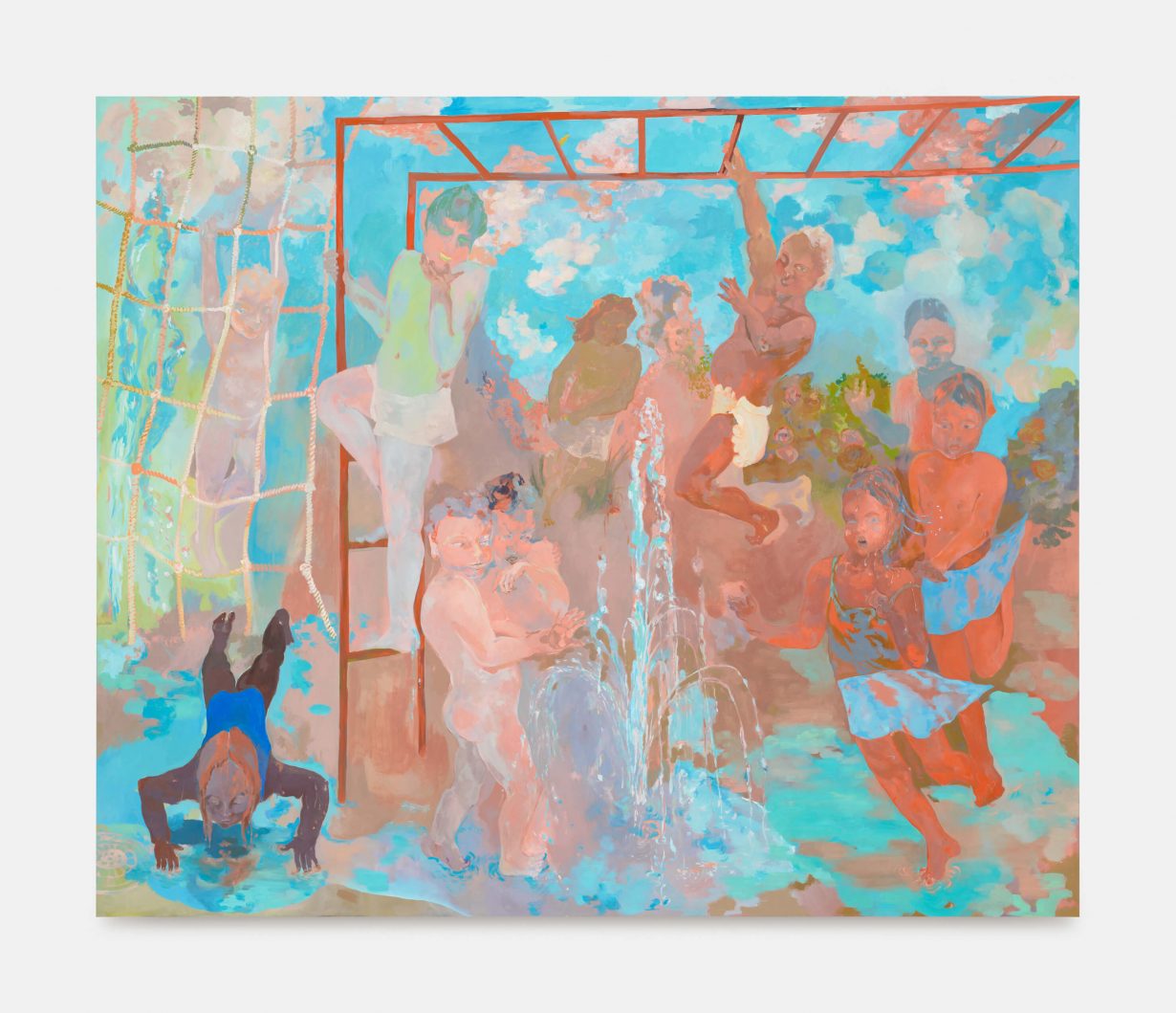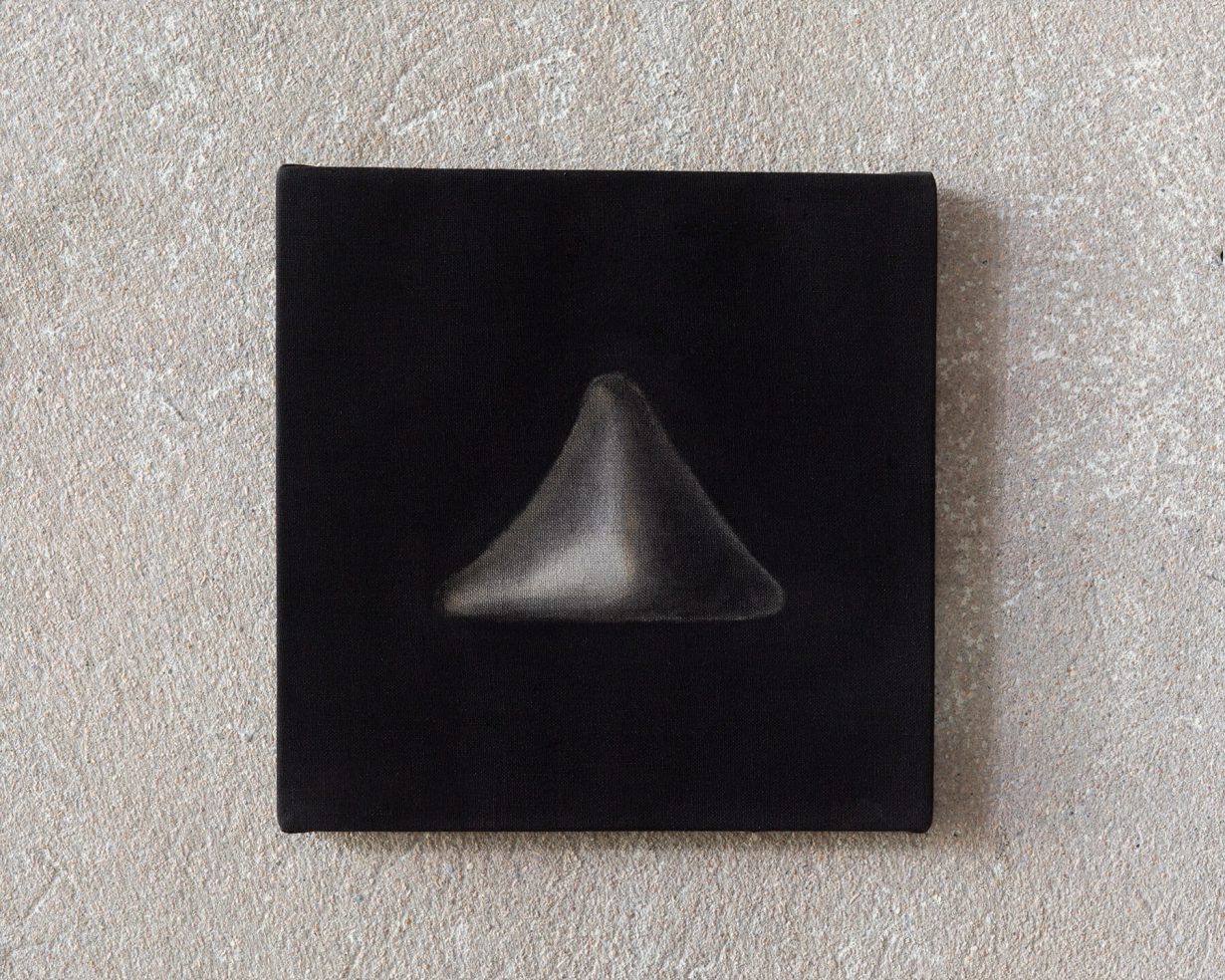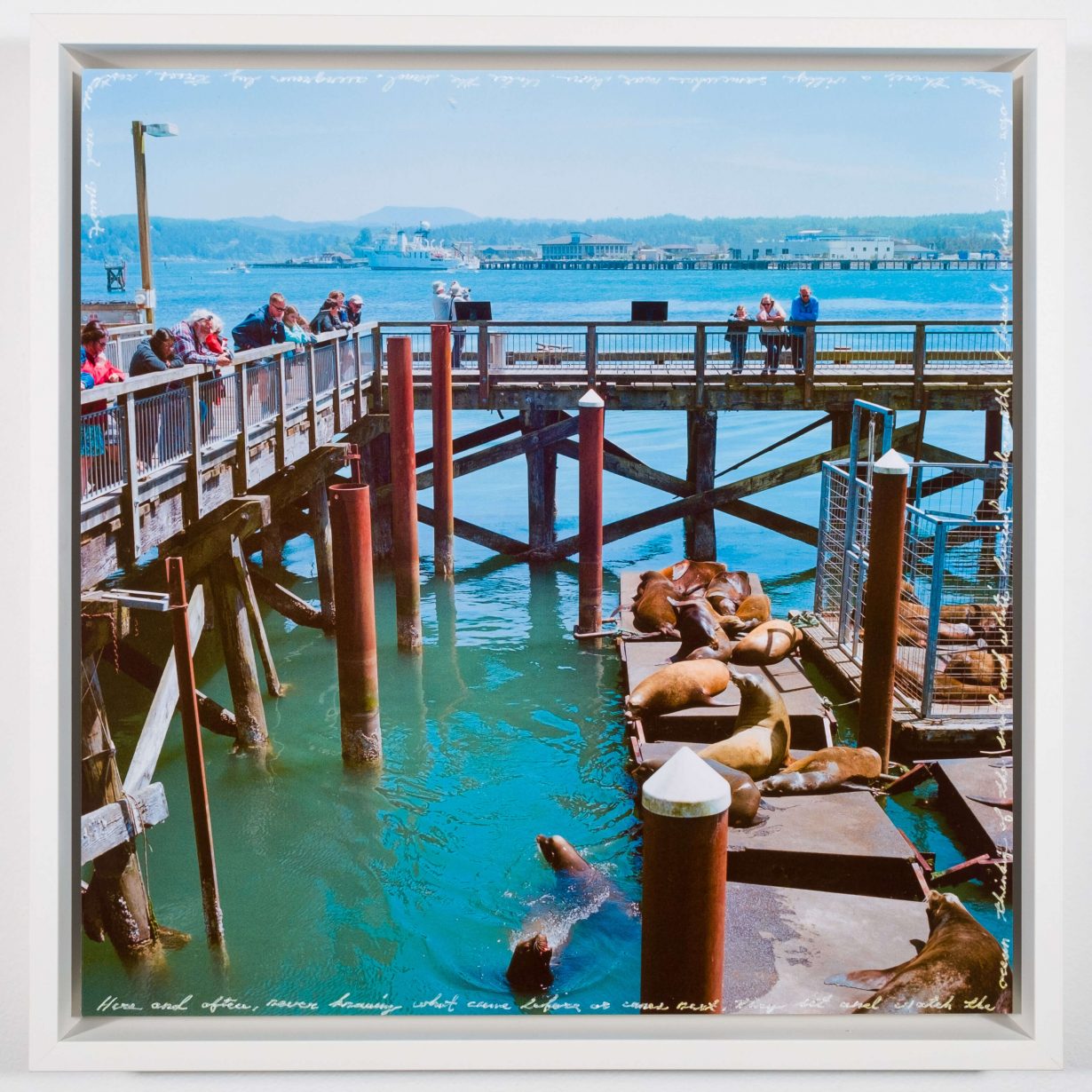Georgia Gardner Gray, Jorge González and Sky Hopinka on their work, the future and the shift online
This year has not been an easy one for anyone, including artists and their galleries. In recognition of that, and of the obstacles to come, ArtReview is supporting the 2020 edition of June, a boutique art fair inaugurated last year in Basel by a select host of galleries. This year the fair is hosted online by Hauser & Wirth from 20–31 August and in the days leading up, we have been speaking to some of the artists involved.
Georgia Gardner Gray is showing with Croy Nielsen, Vienna
ArtReview: Can you tell us about the works that will be on show in June?
Georgia Gardner Gray: In these works I wanted to tackle a bigger scale to deal with ideas that transcend the scope of the physical world. For example, the manic energy and cruelty that you see expressed on social media; or the sublime feeling you might experience in relation to powerful natural phenomena. I also wanted to imagine the group of people who ‘we’ outcast: ‘deplorables’ who do not follow our socially progressive rules. I wanted to present these groups and intuitions in an environment of decadence and saccharine beauty.

AR: This year, June has moved to be an online fair. How has the fact that audiences’ engagement with art has become increasingly digital (even before the pandemic) influenced your practice or the way you view art?
GGC: I have never looked very much at art online, unless it was a show I heard was really good and in a different city. Art websites present what is ‘contemporary’ according to the same type of self-generating bubble logic you see curating your feed. I pay attention to what my peers are doing around me, the shows happening in my city, and the museum collections that inform me. A large part of what influences me has nothing to do with art at all. It is very hard for me to understand a painting without seeing it in person, and I would imagine it is the same for many people. The fact that things are trending in that direction is logical given the circumstance.

AR: How do you think the art world might change in the wake of this year’s events?
GGC: Predictably the super-galleries, which are now proliferating, are going to make it through the crises. I am hoping that this will open up entirely new models for showing art as the rest try to survive.
AR: What else do you have coming up?
GCC: I have a solo show with Svetlana gallery coming up in New York City.

Jorge González is showing with Embajada, San Juan
ArtReview: Can you tell us about the works that will be on show in June?
Jorge González: I will be presenting works from an ongoing series entitled Toali, named after the three-pointed Taíno carved stones used to acknowledge ancestral spirits [in Puerto Rican indigenous culture] and act as offerings for crop cultivation. A toali is intended for the soil to accompany the fertile growth of the conuco (plot of land). The drawings representing these carved stones are made from lampblack, a black pigment made from soot, and limestone dust harvested at my studio. These images refer to photographic documentation made by archaeological investigations of the Caribbean in the early twentieth century. Also on view will be a selection of work I showed at the Chicago Architecture Biennial which features woven mats, embroideries and handcrafted stools and chairs drawn from local Boricua traditions and conceived through collaborative learning programmes with Puerto Rican crafters. This iteration of my current investigations involving traditional woodworking and popular weaving techniques is resignified through the perspectives of Taíno, Can-Jíbaro, and Boricua communities of Borikén.
AR: This year June has moved to be an online fair. How has the fact that audiences’ engagement with art has become increasingly digital (even before the pandemic) influenced your practice or the way you view art?
JG: I’m dedicated to the development of new works that involve harvesting of resources and refer to autonomy and cultivation. These are concepts rooted in my community and local context, which have been present throughout the development of my practice. This digital platform will give me the first opportunity to present these works and I hope the they activate some sort of new exchange with the audience through this new context.

AR: How do you think the artworld might change in the wake of this year’s events?
JG: My practice is rooted within the realisation of the communal. Even though I sustain a studio practice, this introspective process considers a further development in which the work will be apprehended collectively. Given the shift caused by the pandemic, much of my current exchanges develop through social platforms, used for the discussion and organisation of events centred on indigenous and Afro-descendant causes, to denounce racism and make visible marginalised sectors of our society. These exchanges are at the core of my interests as an artist.
AR: What else do you have coming up?
JG: At the moment, I’m working for the exhibition para que haya fiesta también tiene que danzar el bosque, curated by Michy Marxuach, for Tenerife Espacio de las Artes in the Canary Islands, opening in November 2020. Also, I’m working on a collaboration with Reserva Guatoc, a residency programme founded by Juliana Steiner in Barichara, Colombia, which is supporting a collective weaving project for the Santa Lucía de Guane procession – an indigenous-founded festivity celebrated on 13 December – which is being developed in distance among textile workers from Barichara and Puerto Rico.
Other initiatives include my participation in the Transhemispheric Programme: a Caribbean-Nordic collaboration, and of CAN: Organización del Pueblo Indígena Can-jíbaro de Boriken.

Sky Hopinka is showing with The Green Galley, Milwaukee
ArtReview: Can you tell us about the works that will be on show in June?
Sky Hopinka: A series of photographs titled Breathings, which reference Ho-Chunk beliefs and gestures. They are landscapes that I’ve etched with texts that I wrote, which are poetic meanderings around the histories imbued in these places but also mnemonics for other spaces and emotional registers that are difficult to describe but feel like they’re present everywhere.

AR: This year June has moved to be an online fair. How has the fact that audiences’ engagement with art has become increasingly digital (even before the pandemic) influenced your practice or the way you view art?
SH: I can’t say that it’s influenced it too much: the photos that I’ve been working on are material objects, from the negatives to the prints, from the etchings to the framing. While everything has more or less moved online, my relationship to the pandemic and the quarantine and whatever mental spaces I’ve been moving in and out of are still very much grounded in what’s around me, who is around me, and what I can see and touch.

AR: How do you think the artworld might change in the wake of this year’s events?
SK: I don’t know how the artworld will change after this, that’s a huge question, but I think it’s more tenable to focus on how we as artists work within, work for, and are a part of the different intersecting communities we exist in, by choice or by birth or involuntarily. How we have conversations and how we grow and how we listen in that immediate and personal level will undoubtedly have reverberations affecting any meaningful change in the artworld, hopefully for the better
AR: What else do you have coming up?
SK: I have an exhibition at the Hessel Museum coming up in the fall, where these photos along with a few other films of mine will be installed.